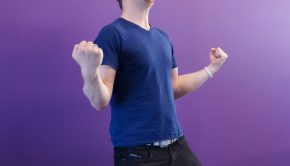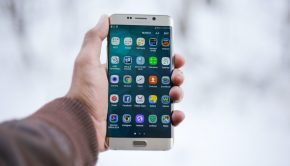Artificial Intelligence (AI) has been making waves in many industries, including the arts. But with AI-generated works becoming increasingly difficult to distinguish from those created by human artists, the question arises: can AI art be copyrighted? This is a hotly debated topic within both the AI and art communities.
AI tools are evolving rapidly, prompting questions about whether AI-generated art infringes on artists’ creative rights. Although it is legal for AI tool developers to use datasets for machine learning under a creative commons license, things get murky when end-users, like you and I, create outputs from databases trained on artwork scrapped from the internet and fed into an AI neural network.
Many seek to profit from AI artwork commercially, flooding the market with unsolicited pieces. These algorithms may be based on unassuming artists whose works were previously believed to be copyrighted, only to find elements of their artwork replicated in a click of a button and printed on merchandise.
While the AI algorithm pulls various parts from the trained dataset, the created art is essentially a Frankenstein of information. It will never return a replica, only an influenced style. Unfortunately, style cannot be copyrighted, as copyright law does not protect ideas and concepts.
There have been some cases of AI-generated works being copyrighted, such as Kris Kashtanova’s AI-generated novel, which received a copyright granted under visual material under the Copyright Office of the USA. However, there are further questions about likeness laws, as the novel’s artwork bears a resemblance to the popular actress Zendaya. Copyright law will only be applied if legally challenged.
A growing movement calls for the training sets of AI tools to be published publicly, allowing artists and creatives to retain credit publicly for the contribution of their work generated by AI. As AI continues to evolve, so too will the discussion around copyright law and AI-generated art.


